Shocking before and after pictures of eczema-stricken student with steroid withdrawal
Shocking before and after photos show an eczema-affected student’s incredible transformation after she stopped using steroid creams.
Alice, 23, from Market Harborough, Leicestershire, relied on the powerful drugs to get rid of her eczema for eight years. But she noticed that her skin only got worse, especially when she was stressed.
After some research, she decided she was ‘addicted’ to steroid creams; her eczema was uncontrollable and the flare-ups were resistant to the medications.
Alice stopped taking it completely in April to “heal” her skin, but as a result she suffered debilitating withdrawal symptoms.
She had to sleep with mittens taped to her hands to stop the itching and her skin deteriorated so much that she described her bed as a ‘sandbox’, requiring her to use a dustpan to clean up her mess every morning.
Alice moved back in with her parents to cope with the strain of her symptoms and quit her job as a scientific researcher at the time.
Now Alice’s skin has healed and she is studying for a PhD in inflammatory diseases at University College London.
Alice, 23, ditched the steroid creams she used for her eczema in April this year. As a result, she suffered from withdrawal symptoms, which made her skin even worse (pictured)
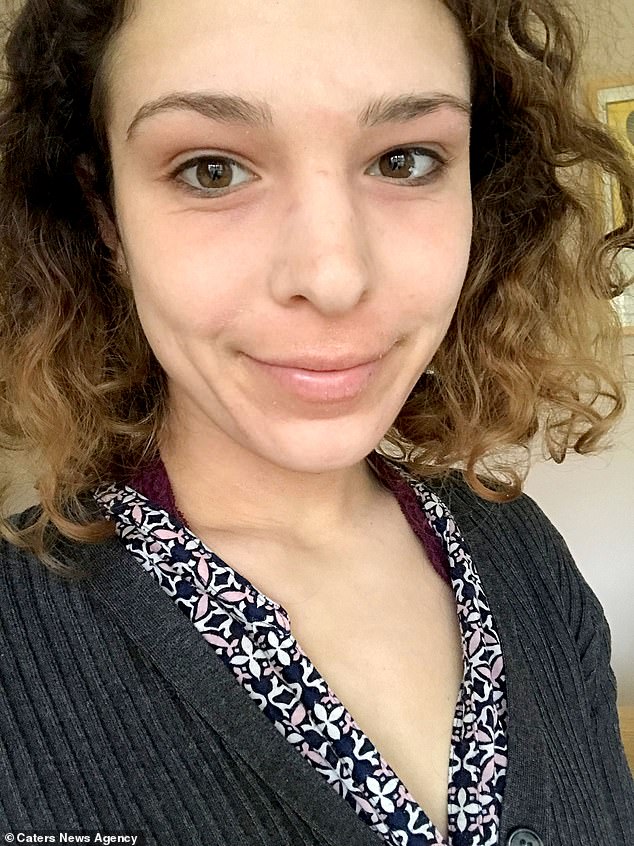
After six months of hell, Alice’s skin is clear
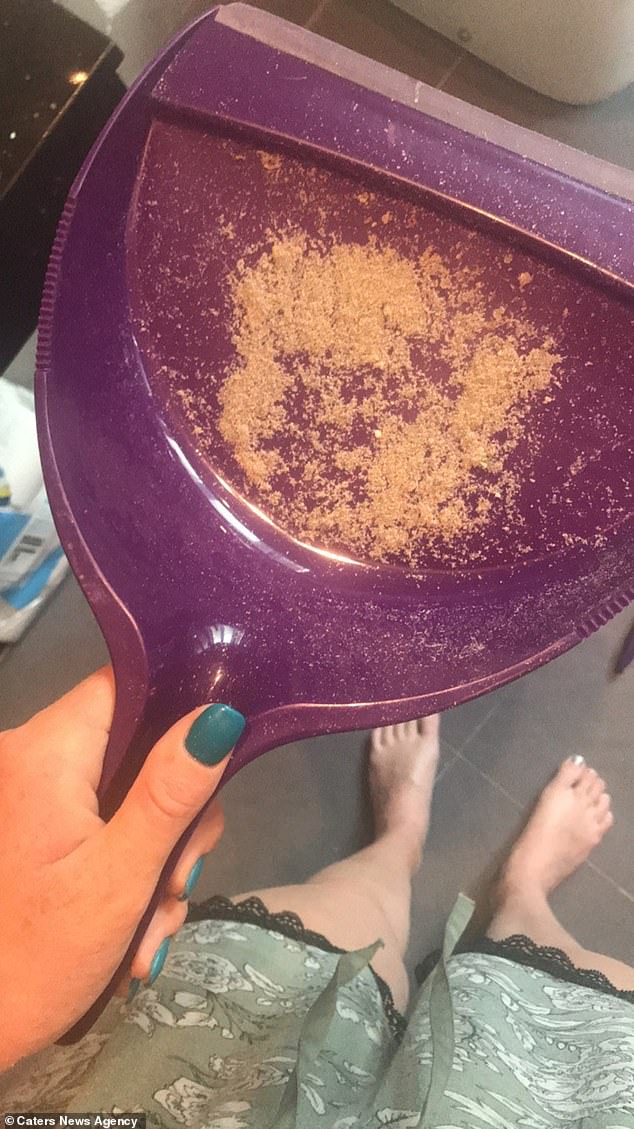
Alice’s skin tore so badly that she described her bed as a ‘sandbox’
Recalling her ordeal, Alice said: ‘Eczema took over my life and started to take its toll on my mental health.
‘I had to sleep with mittens taped to my hands to stop the itching and in the morning I used a dustpan to brush away the skin.
‘I still suffer from flare-ups and my skin may not be perfect, but for me it is perfect.
‘The most frustrating thing about this ordeal is that the doctors prescribed me steroids which led to worse skin than ever before.
“I’ve been there a number of times and even dermatologists weren’t willing to take on a case like mine.”
Alice was 13 when she was diagnosed with eczema, an incurable condition that affects an estimated 15 million people in Britain and 35 million in the US.
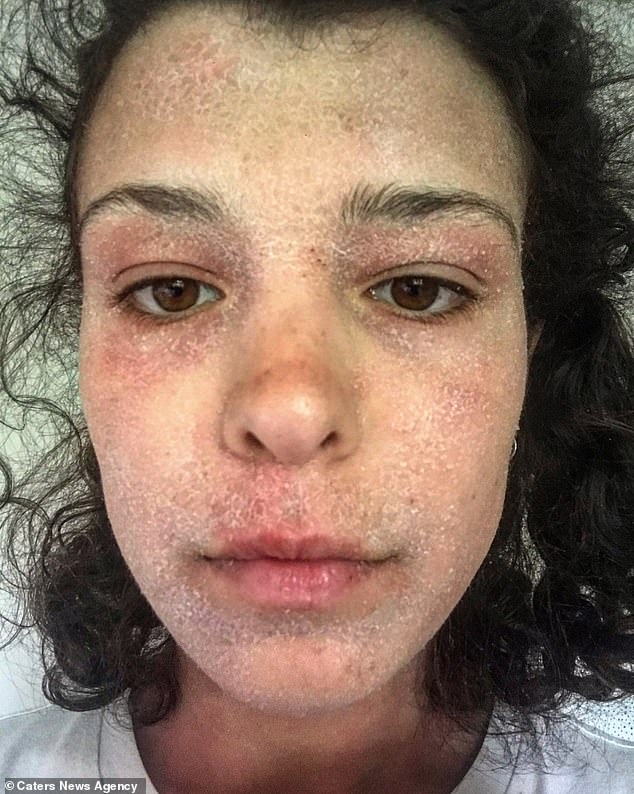
Alice, 23, relied on steroids to get rid of her eczema for eight years. But she noticed that her skin only got worse. She is depicted in her retreat
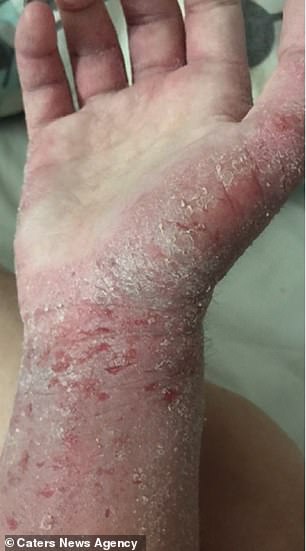
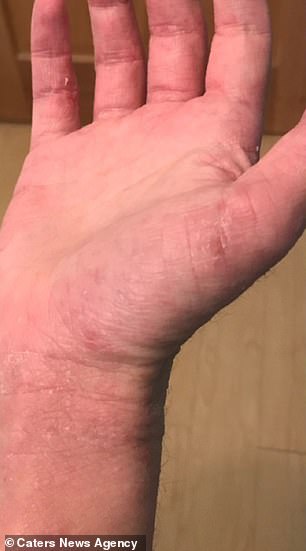
Alice said: ‘I had to sleep with mittens taped to my hands to stop the itching’
‘After I was diagnosed, my eczema got worse and worse. I noticed that stress was a huge trigger,” Alice said.
‘I was first prescribed steroids at school to control the flare-ups, and over the years they got stronger.
‘During my final year at university last year I was under a lot of pressure and stress; my whole body was plagued with eczema.
“I hashtagged eczema (on social media) and found hundreds of accounts showing symptoms exactly the same as mine and mentioning topical steroid withdrawal.”
Topical steroid addiction (TSA) is when the eczema only seems to get worse and stronger medication is needed on an ongoing basis. It is believed to be caused by improper use of steroids.
When topical steroid medications are stopped, the skin burns, itches, swells, and oozes pus for a period of time – known as topical steroid withdrawal (TSW).
Neither condition is widely accepted by doctors, but both are recognized by dermatologists. It is difficult to decipher whether someone is suffering from TSW or severe eczema because he or she is no longer using treatment.
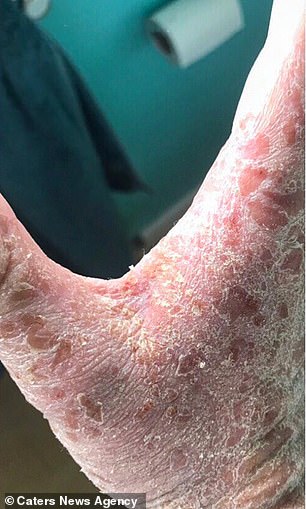
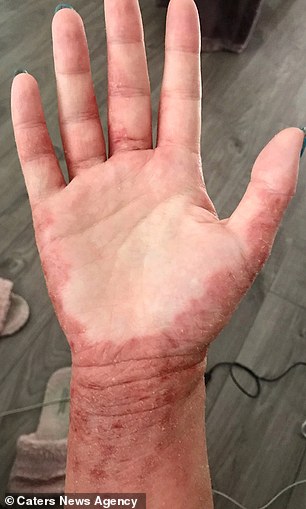
Alice said the most frustrating thing about her ordeal is that the doctors were the ones who prescribed her the steroids
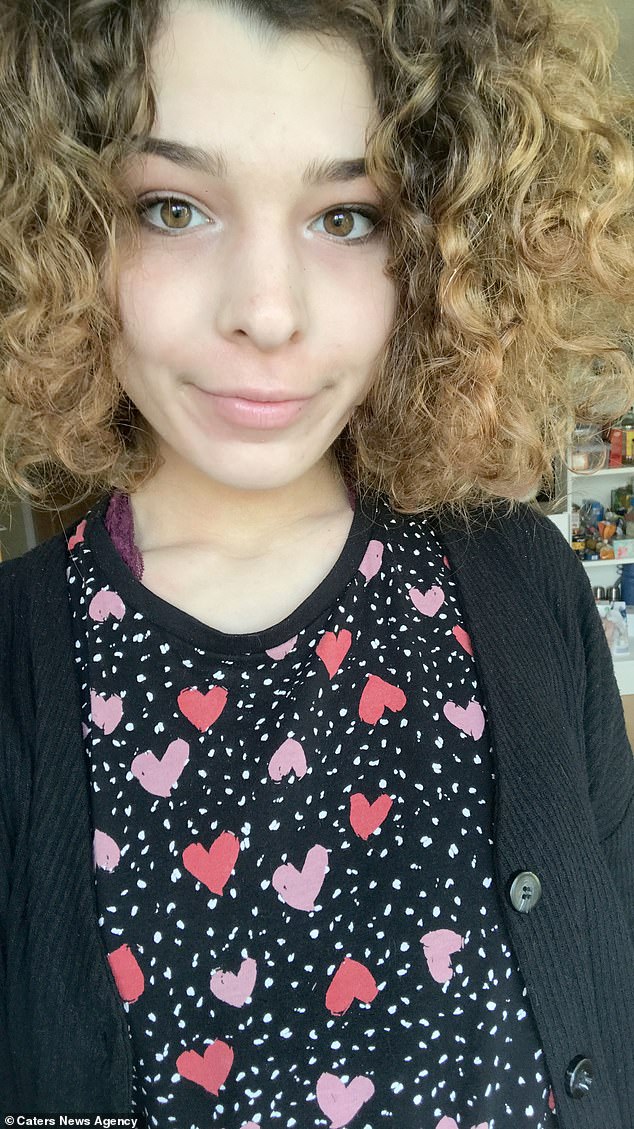
Alice said she lost a stone in weight when she stopped taking steroid drugs. She also limits her diet so that it doesn’t include common triggers
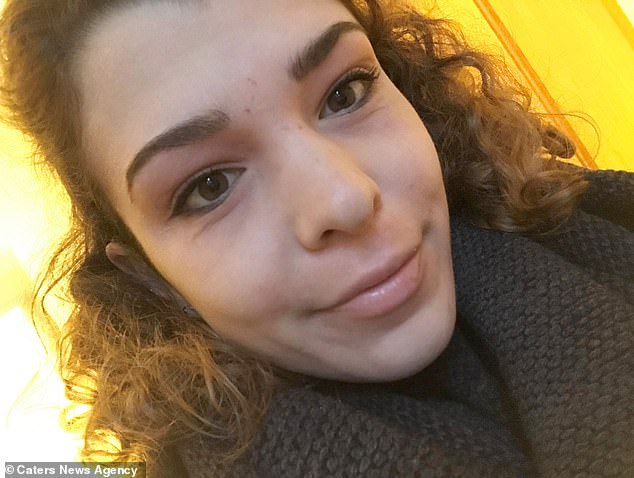
Alice said a turning point in her recovery was when she stopped using moisturizers – also known as no-moisture therapy. She was recently photographed
Alice said: ‘I’d never heard of it before, but it seemed like the only way to stop my skin turning red was to stop taking steroids altogether.
‘I didn’t give up, I just stopped in April.
‘As the weeks went by, my skin got worse. I also lost a stone within a month because I felt so sick and lost my appetite.
‘My skin got worse before it got better. I had to quit my job as a scientific researcher and move back in with my parents.’
She added: ‘It was frustrating because when you’re sick you just want to lie in bed, but when I was in bed the sheets would irritate my skin.
“I was usually happiest standing in the middle of my room with no clothes on.”
Alice stopped using any type of moisturizer, in a treatment known as no moisture therapy (NMT).
This usually involves avoiding any form of moisture – including showering and bathing – to help the skin produce its own moisture.
Alice said this was a ‘turning point’ as her skin became less irritated and recovered after three weeks. She now only showers once a week.
She has also stopped eating citrus fruits, gluten, dairy and many other foods thought to possibly play a role in eczema flare-ups.
‘My diet is very limited, but it has helped my skin tremendously. It’s simple but worth it,” Alice said.
‘I learned everything on Instagram and got support from other girls who were going through the same thing.
“It was nice to know I’m not alone and I’ve since made friends through TSW, so there’s at least one positive.”
